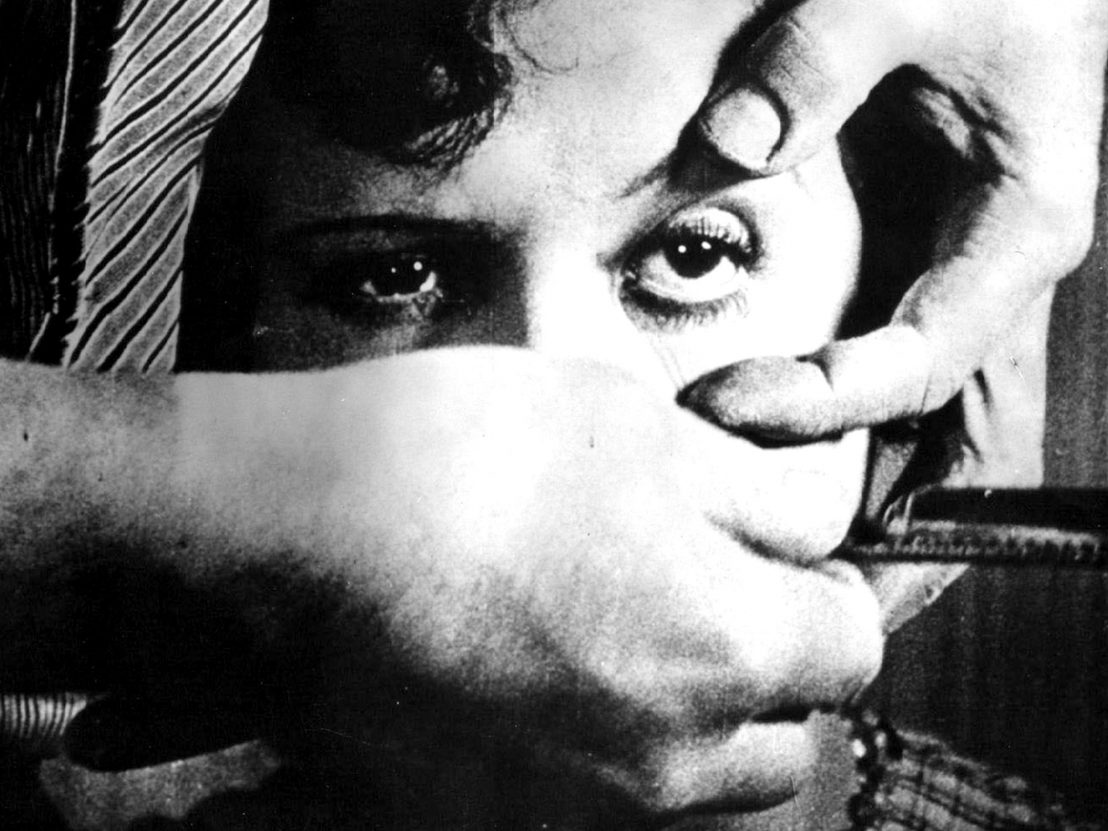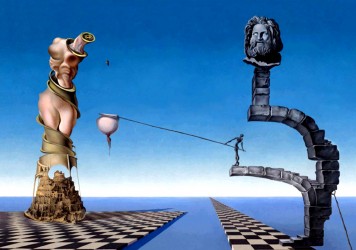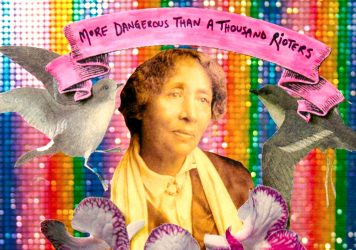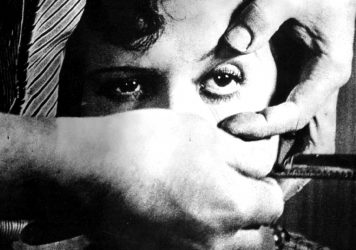
When it came to forging a blueprint for the wondrous and exotic possibilities of experimental cinema, this is pretty much the equivalent of a sparkling summer blockbuster. A scandalous miniature dropped during during the twilight years of the Jazz age, it marks a marriage between the unique sensibilities of the surrealist art-world provocateur Salvador Dalí, and the arch, anti-authoritarian filmmaker, Luis Buñuel. It’s a film which offers a barrage of stark, surprising images, witty juxtapositions and florid eroticism. Its shocking centrepiece – a razor sliding across the surface of an eyeball – remains an unwatchable gore effect for the ages.
Fans of David Lynch will definitely want to seek out this 1943 masterpiece from husband and wife Maya Deren and Alexandr Hackenschmied. It’s an example of film as pure atmosphere, where the camera imbues banal household objects such as a loaf of bread, a key and a record play with a sense of pure dread. It channels classic Hollywood noir and gothic horror while employing a range of simple techniques for innovative, expressive effect. It deals with dreams and doubles, and the meshes themselves are both decorative, billowing curtains and a portal into an alternative dimension.
If someone tells you that the only thing you need to make a movie is a camera, tell them it’s not true and direct them to Stan Brakhage’s 1963 short Mothlight. Instead of using the camera eye as perspective point, Brakhage instead collected moth wings and various other fragments of flora and fauna and physically pressed them on to a strip of 16mm film. The result is 24 unique images per second, as we can see the intricate capillaries of a moth wing as swiftly as we would had it had fluttered past our eye line in real time. It’s a film which exemplifies the director’s project of merging organic and mechanical forms to create transcendent visual beauty.
The essence of language and the impossibility of communication are the subjects of this stunning 1982 triptych from Czech animator Jan Švankmajer. Employing tactile clay models and stop-frame animation, this singular director offers three examples of human discourse with each one breaking down into impassioned violence. The highlight is a couple merging in a loving embrace, synched perfectly to Jan Klusák’s baroque, viola-driven score. Later, the mood switches on a dime and the pair literally start clawing chunks out of one another. Grotesque body horror has seldom looked this gorgeous.
Some of the best experimental films take classical genre as a bedrock, and build upwards from there. Austrian film collage artist Peter Tscherkassky takes as his base material a section of footage from 1982 pulp horror film The Entity – in which Barbara Hershey plays a women who is being sexually abused by a mystery apparition – and builds it into something more abstract and terrifying. By layering, churning and bruising the image, he creates a mood piece that is completely original and which taps a completely different vein of visual fear. A sound bed of aggressive white noise is what nudges this into the realms of greatness.
Want to be able to make movies like this? Staffordshire University’s unique Experimental Film Production degree allows you to combine being a creative artist with becoming a filmmaker of the future. It is ideal if you’re interested in establishing a career in film, television and the arts.
Head to facebook.com/experimentalfilmproduction for more information. Apply at ucas.com
Published 13 Nov 2017

By James Clarke
In 1946 the moustachioed maestros embarked on the most ambitious project of their careers.

By Matt Turner
The recent Edge of Frame Weekender showcased bold contemporary visions and rarely seen masterpieces.

Sliced eyeballs and dead donkeys – welcome to Luis Buñuel and Salvador Dalí’s surrealist nightmare.